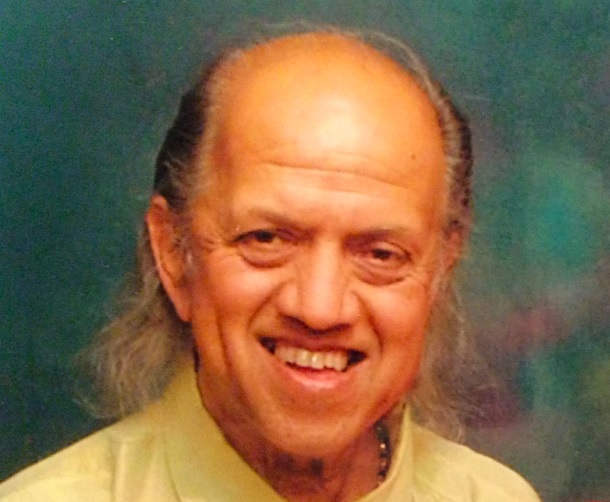Contribute
| Importance Of Buddha Purnima |
05/08/2020
This Buddha Statue of Jade is in Rama-King's Palace in Bangkok. That palace is one of the Most unique Places to visit. There is a great History of how many wars were fought before it ended up in this Palace! Buddha Jayanti comes on Vaishakhi Purnima. This year it was on Thursday May 7th. It is very interesting to know that He was born on Vaishakhi Purnima, enlightened also on Vaishakhi Purnima and very interesting, he took Maha Samadhi also on Vaishakhi Purnima. Budda was born in Lumbini, Nepal. Left his wife and young Rahul to Pursue his calling – quest and achieved Nirvana. His teachings followed that of a Gyaan Yoga. His main message was Buddham Sharanam Gachchhami, Sangham Sharanam Gachchhami, Dharmam Sharanam Gachchhami ! Thanx to URI – United Religions Initiatives for Compliling Buddhism so nicely. How did Buddhism begin? About 2500 years ago, a prince named Siddhartha Gautama began to question his sheltered, luxurious life in the palace. He left the palace and saw four sights: a sick man, an old man, a dead man and a monk. These sights are said to have shown him that even a prince cannot escape illness, suffering and death. The sight of the monk told Siddhartha to leave his life as a prince and become a wandering holy man, seeking the answers to questions like "Why must people suffer?" "What is the cause of suffering?" Siddartha spent many years doing many religious practices such as praying, meditating, and fasting until he finally understood the basic truths of life. This realization occurred after sitting under a Poplar- fig tree in Bodh Gaya, India for many days, in deep Meditation. He gained Enlightenment, or Nirvana, and was given the title of Buddha, which means Enlightened One. What did Buddha teach? Buddha discovered Three Universal Truths and Four Noble Truths, which he then taught to the people for the next 45 years. Three Universal Truths Four Noble Truths Buddha then taught people NOT to worship him as a God. He said they should take responsibility for their own Lives and Actions. He taught that the Middle Way was the way to Nirvana. The Middle Way meant not leading a life of luxury and indulgence but also not one of too much fasting and hardship. There are eight guides for following the Middle path. The Eightfold Path What is Meditation? Meditation is an essential practice to most Buddhists. Buddhists look within themselves for the Truth and Understanding of Buddha's Teachings. They seek Enlightenment, or Nirvana, this way. Nirvana is freedom from needless suffering and being fully alive and present in one's life. It is not a state that can really be described in words -- it goes beyond words. Meditation means focusing the Mind to achieve an Inner Sti l lness that leads to a state of Enlightenment. Meditation takes many forms: Their main Mantra is "OM Mani Padme Hum OM"! When we went to Kailas in 2004: you can hear this melodious chanting all over from Khatmandu thru Kailas in China ... Must Listen ....... https://www.youtube.com/watch? According to Grand Master Choa Kok Sui of Pranic Healing, to my undestanding, OM is Holy Mantra. Om represents Bhamhan – God, and any Mantra that begins with OM must end in OM to get expansive effect. Mani is the Chakra – Shiva's Third eye, right above the Pallet. Chanting this Mantra causes the rise in the energy from Mani to end in Padme – Sahashtrar Center. Hum represents the blessings from Divine, when the Energy reaches to Padme. When we visited Cambodia, we asked the guide that why Cambodia . which has so many Hindu Temples esp. Shiva, around Angkorwat, they accepted Buddhism? Angkor Wat four walls – one mile length each has the Hindu Sculpures of Geeta, MahaBharat, Ramayan etc. The king who decided to accept Buddhist's Philosophy, felt that in Geeta Sri Krishna promotes Hinsa – Violence, while in Buddhism, Ahimsa is highest Dhrma, where you rather get killed but do not kill others. The cycle of revenge has to stop somewhere, and that better be with you. So King accepted and so did People? Compiled by Sudhir Parikh of SATSANG Center and Nataraja YOGA Center. May 07th, 2020.
You may also access this article through our web-site http://www.lokvani.com/
